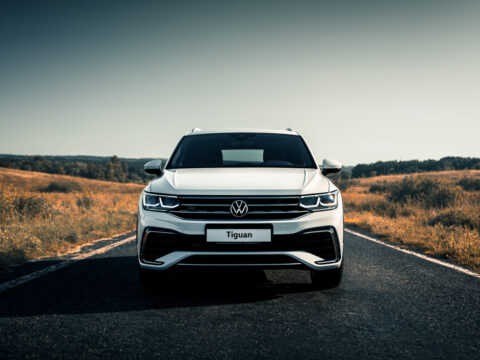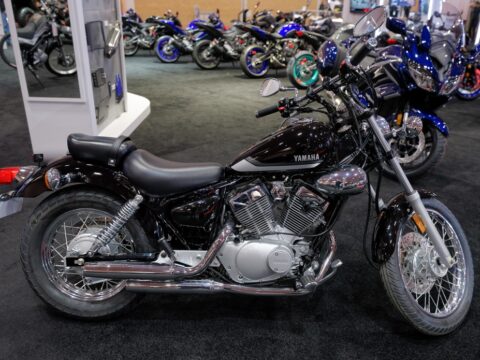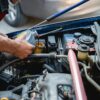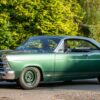In the fast-paced world of luxury automobiles, the shine of certain high-end cars can diminish as quickly as it appears. Factors like outdated features, designs that haven’t stood the test of time, and high maintenance costs can turn yesterday’s coveted models into today’s forgotten vehicles. In this article, we delve into the stories of luxury cars that have lost their appeal, exploring the reasons behind their decline in desirability.
Contents
Cadillac ELR (2014-2016)
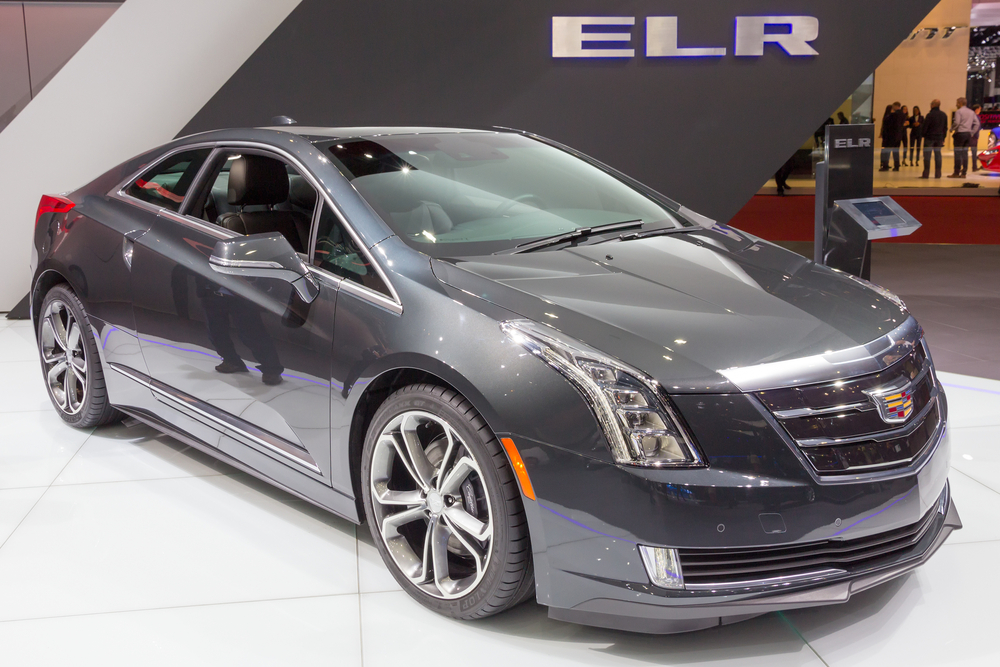
The Cadillac ELR represented an ambitious attempt by Cadillac to enter the luxury electric vehicle market. Despite its elegant styling and advanced technology, it struggled due to its high initial price and performance which did not meet expectations for a luxury coupe. The vehicle’s sales were further hampered by its limited range and the superior options available from competitors like Tesla. Over time, the ELR has been viewed as a niche vehicle, which has led to significant depreciation and a lack of demand in the used car market.
Porsche Panamera (First Generation)
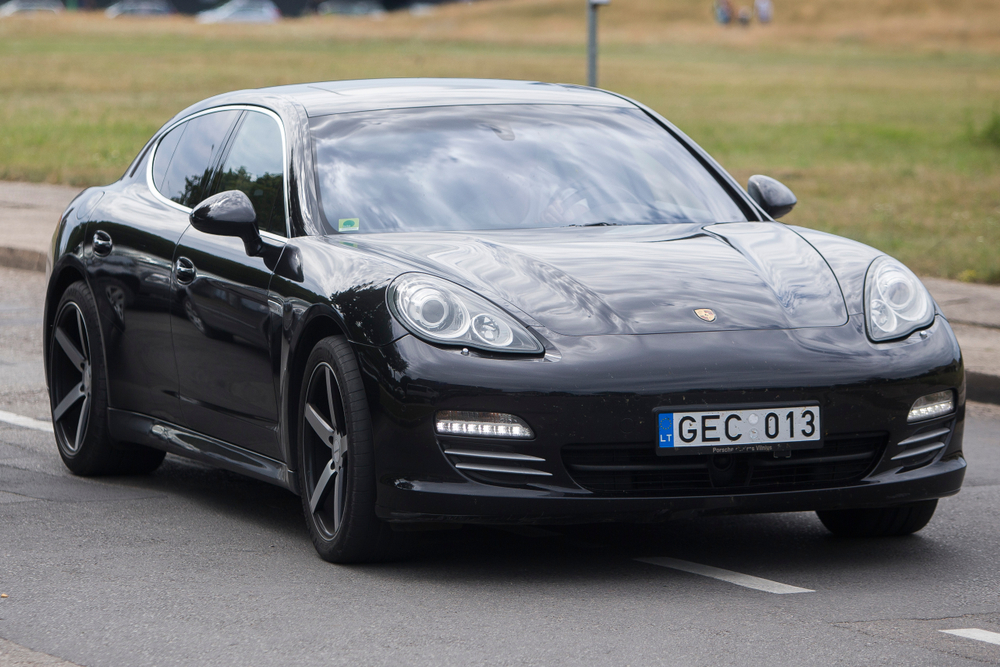
Despite offering excellent performance and luxury, the first-generation Porsche Panamera received mixed reviews for its styling, which some critics found less appealing than other Porsche models. This aesthetic controversy, combined with the introduction of a significantly improved second-generation model, has led to a quicker depreciation for the original Panamera.
Audi A8 (D3)
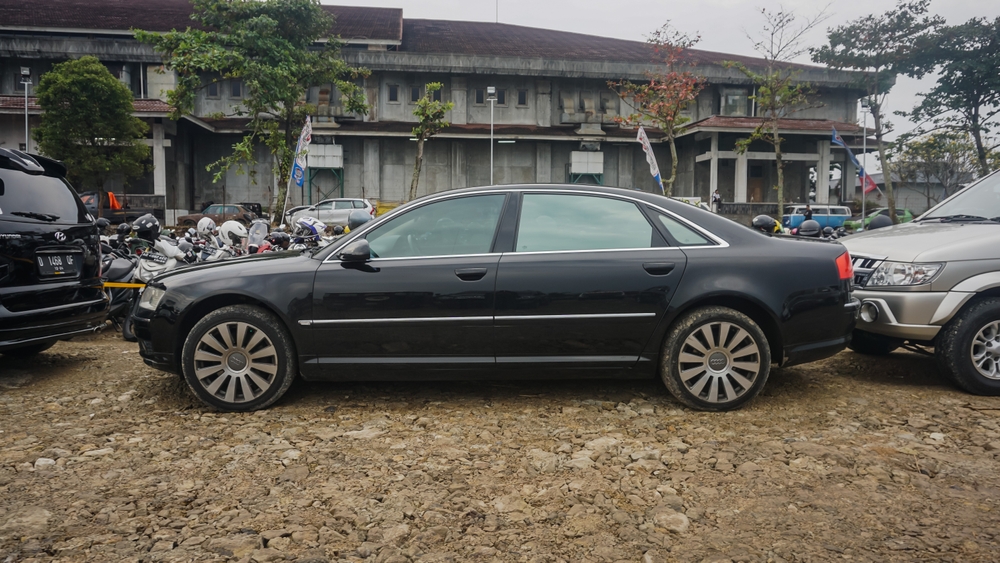
The third-generation Audi A8 was a technological showcase with its lightweight aluminum construction and advanced features. However, the high cost of repair and the rapid pace of technological obsolescence in the luxury sedan market have made it less desirable. These factors contribute to its accelerated depreciation as newer, more efficient, and technologically superior models are preferred.
Jaguar XJ220 (1992-1994)

The Jaguar XJ220 remains one of the most iconic supercars of its era, originally conceived to be the fastest car on the road. Despite achieving this feat temporarily, its market success was limited by several factors, including a global economic downturn and significant changes from the original specifications promised to buyers, such as the switch to a twin-turbo V6 engine from the anticipated V12. These factors disappointed enthusiasts and collectors, leading to lower demand and significant depreciation.
Maserati Quattroporte (Various generations)
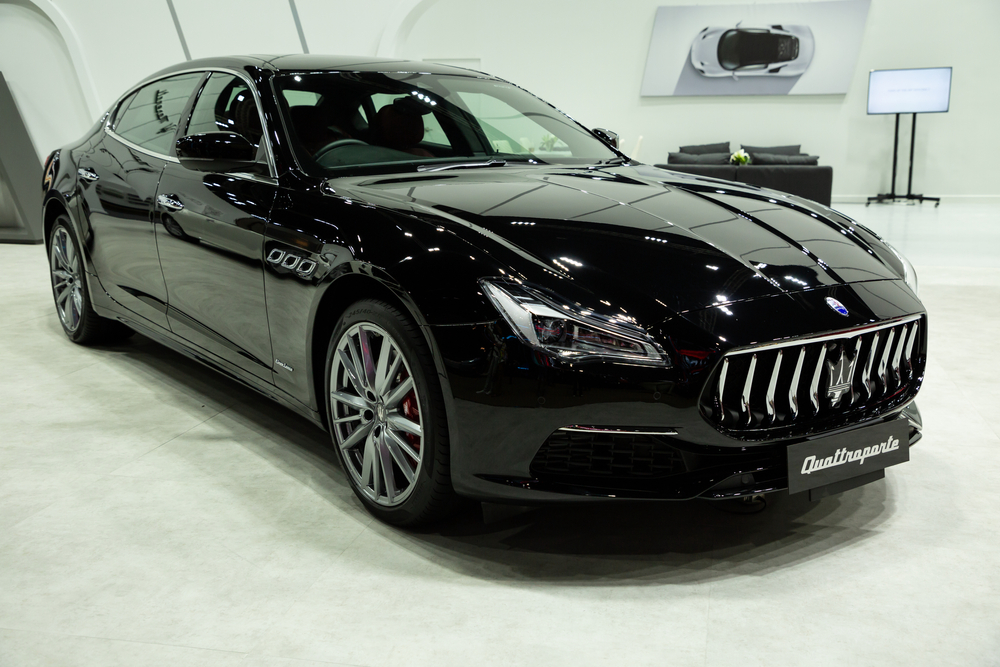
Over the years, the Maserati Quattroporte has been known for its blend of high performance and luxury. However, certain generations of the Quattroporte have struggled with depreciation due to reliability issues and high maintenance costs. While the car offers impressive performance and Italian styling, its resale value is often impacted negatively by the perception of costly upkeep and frequent visits to the service center.
1958-1960 Ford Edsel
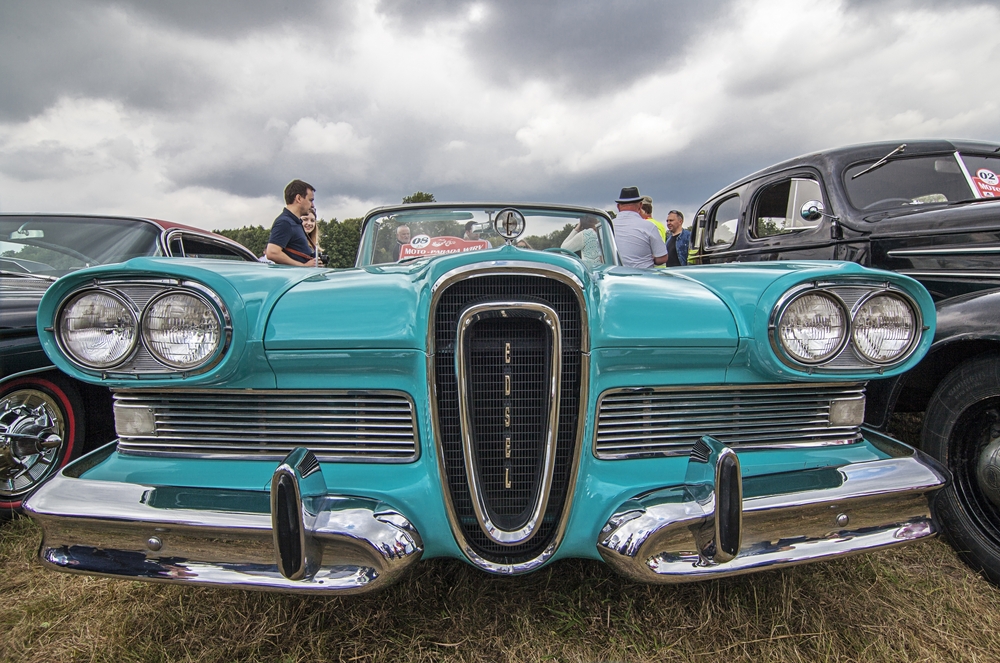
Marketed with great expectations, the Ford Edsel is one of the most notorious flops in automotive history. It was supposed to set new standards in comfort and innovation but was ultimately let down by questionable design choices like its distinctive grille and reliability issues. Public reception was overwhelmingly negative, and the Edsel became synonymous with commercial failure, which still affects its desirability today despite its rarity and collectability.
2011-2012 Fisker Karma
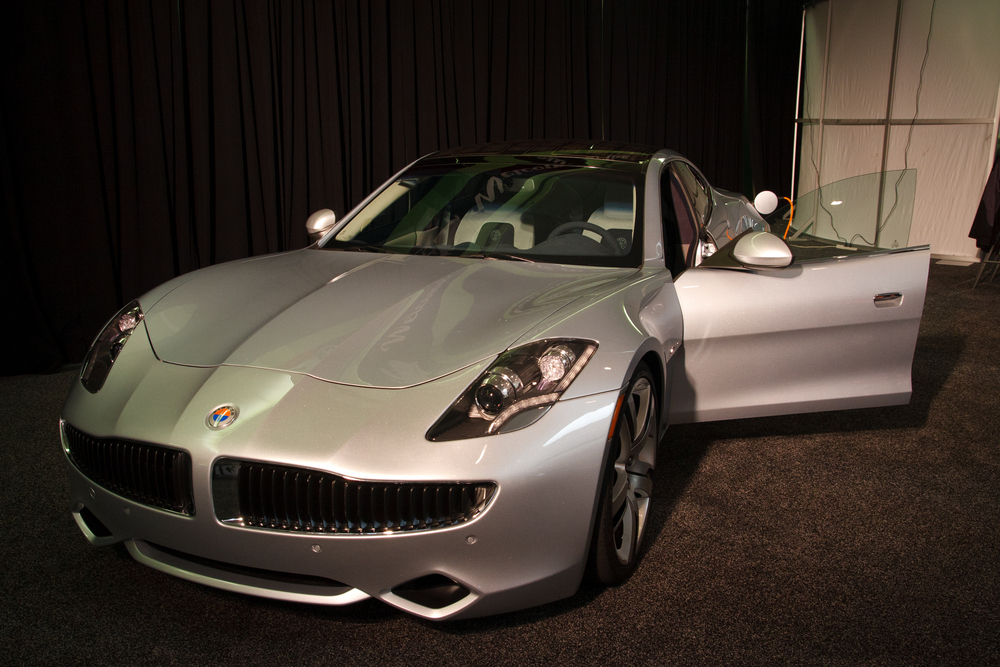
The Fisker Karma was a pioneering plug-in hybrid sports sedan that combined luxury with eco-friendly technology. Despite its innovative approach and striking design, Karma was plagued by reliability issues and a high-profile recall related to its battery packs. Coupled with the bankruptcy of Fisker Automotive, these issues have tarnished the car’s reputation, leading to its rapid depreciation and limited demand in the secondary market.
BMW 7 Series (Late 2000s models)
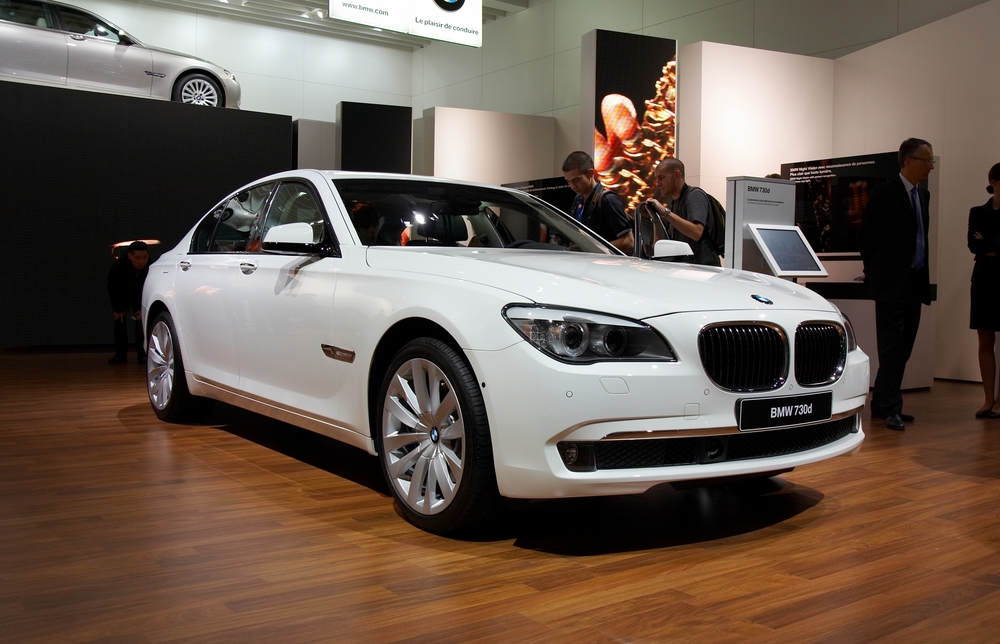
The BMW 7 Series is known for setting benchmarks in the luxury sedan segment. However, certain models from the late 2000s were burdened with complex electronics and an infamously difficult-to-use iDrive system, which were prone to malfunctions. These issues, along with the high cost of repairs and faster technological advancements in subsequent models, have led to significant depreciation for these specific years.
Alfa Romeo Giulia Quadrifoglio
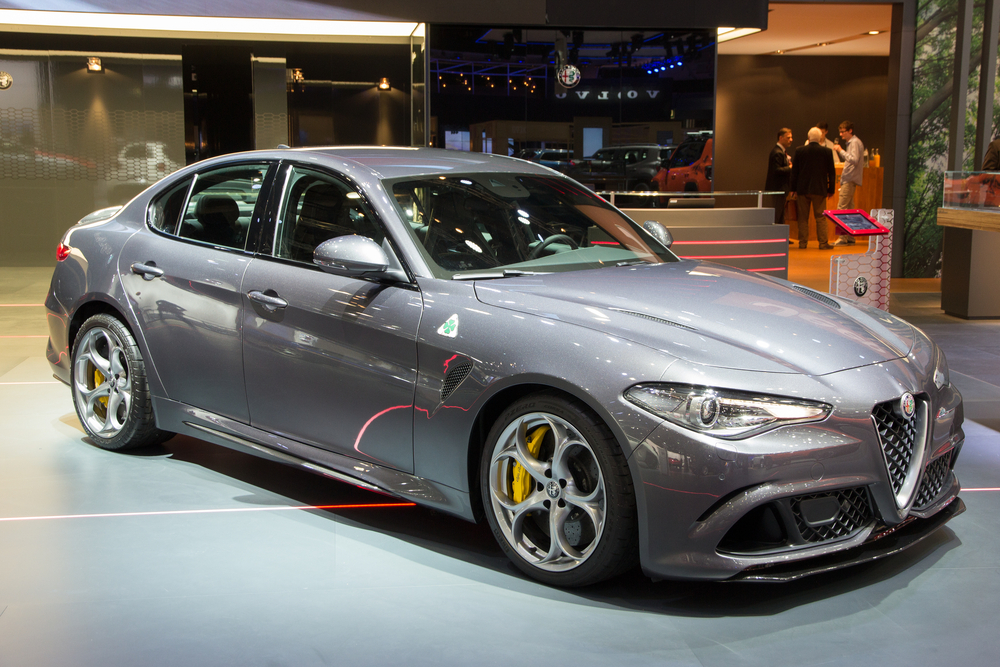
The Alfa Romeo Giulia Quadrifoglio is celebrated for its extraordinary performance and handling, representing a pinnacle of Italian sports sedan design. However, it has suffered in the resale market due to concerns over reliability and the high cost of ownership. Despite its racing pedigree and impressive capabilities, the Giulia Quadrifoglio’s appeal is limited by fears of expensive maintenance and potential mechanical issues.
Mercedes-Benz S600 (W220)
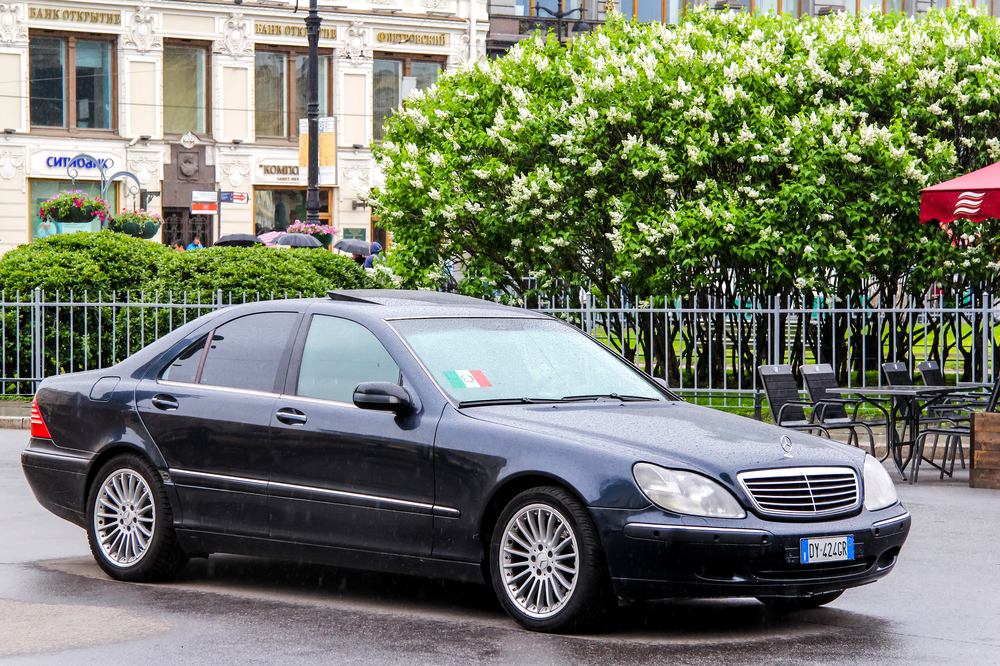
This iteration of the Mercedes-Benz S-Class included the high-end S600 model, which featured a powerful V12 engine and all the luxury trappings expected of a flagship sedan. However, the W220 S600 has seen its value decline due to the complexity and cost of maintaining its sophisticated engine and older luxury features, which can be prone to failure and are expensive to repair.
Aston Martin Rapide
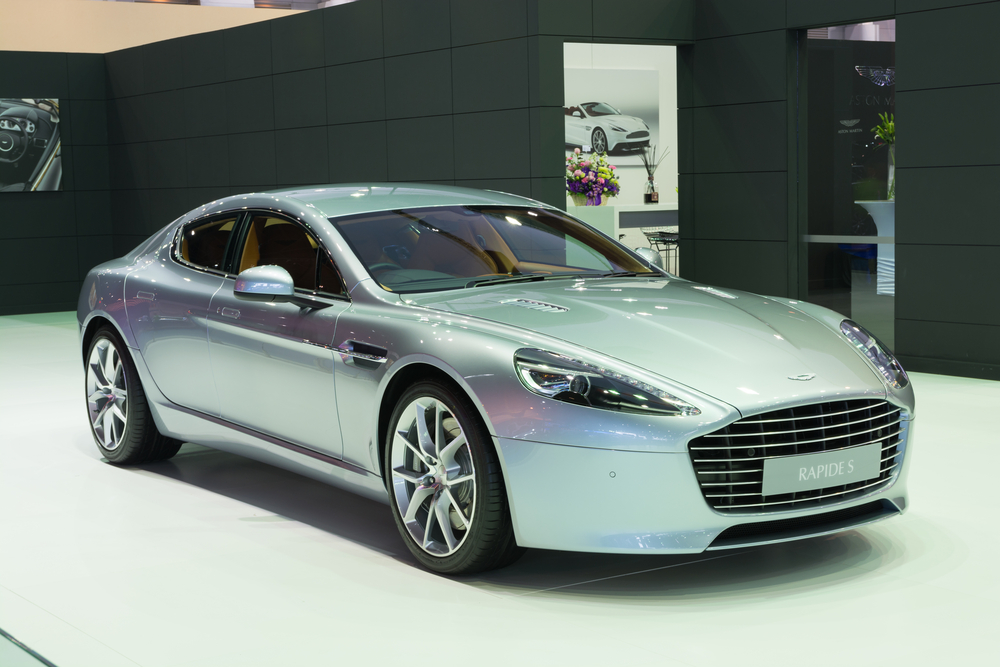
The Aston Martin Rapide combines the elegance of a luxury sedan with the heart of a sports car. Despite its appealing aesthetics and powerful performance, the Rapide suffers from depreciation due to its niche positioning and the limited practicality of a high-performance luxury sedan. Its high initial price and expensive upkeep contribute to its less favorable position in the used car market.
Infiniti Q70
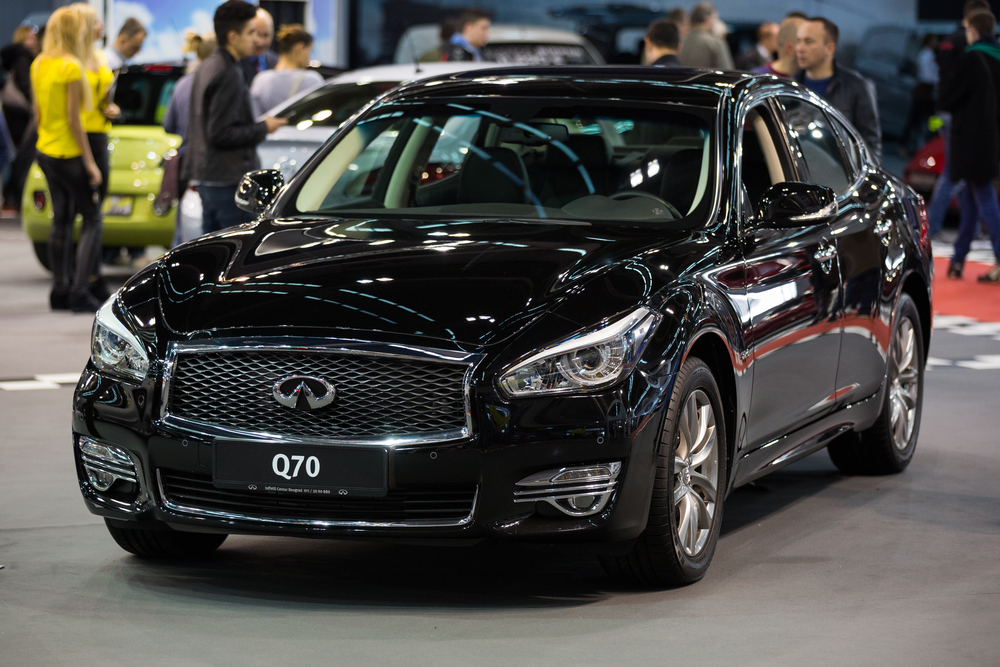
As Infiniti’s attempt to compete in the executive sedan market, the Q70 boasted powerful engines and a comfortable interior. However, it failed to significantly update its technology and styling over the years, leading to its perception as outdated compared to its more innovative rivals. Its discontinuation in 2019 reflects its declining relevance and appeal.
Volvo S80 (First Generation)
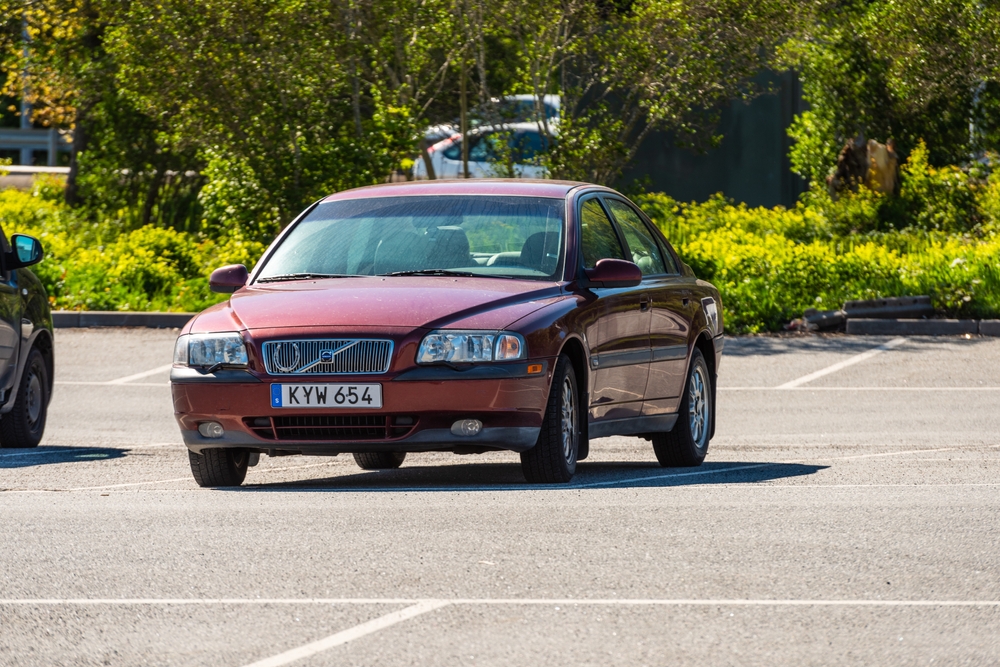
Launched in the late 1990s, the first-generation Volvo S80 was a front-runner in safety innovation but failed to impress with its conservative styling and lackluster performance. As newer models introduced more advanced safety features and engaging designs, the first-gen S80 became an outdated option, leading to its depreciation.
Bentley Arnage
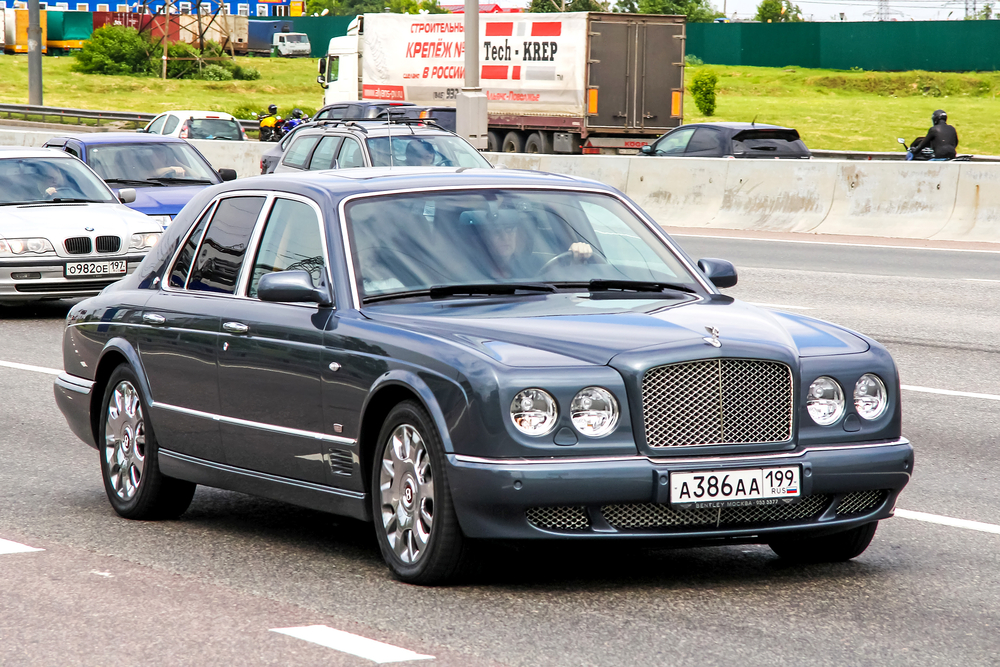
Introduced in 1998, the Bentley Arnage was a pinnacle of old-world luxury with its opulent design and powerful engines. However, as newer models with advanced technology and better efficiency have come to market, Arnage’s appeal has waned. Its high cost of maintenance and fuel inefficiency make it a less attractive option in today’s luxury car market.
Lexus SC 430
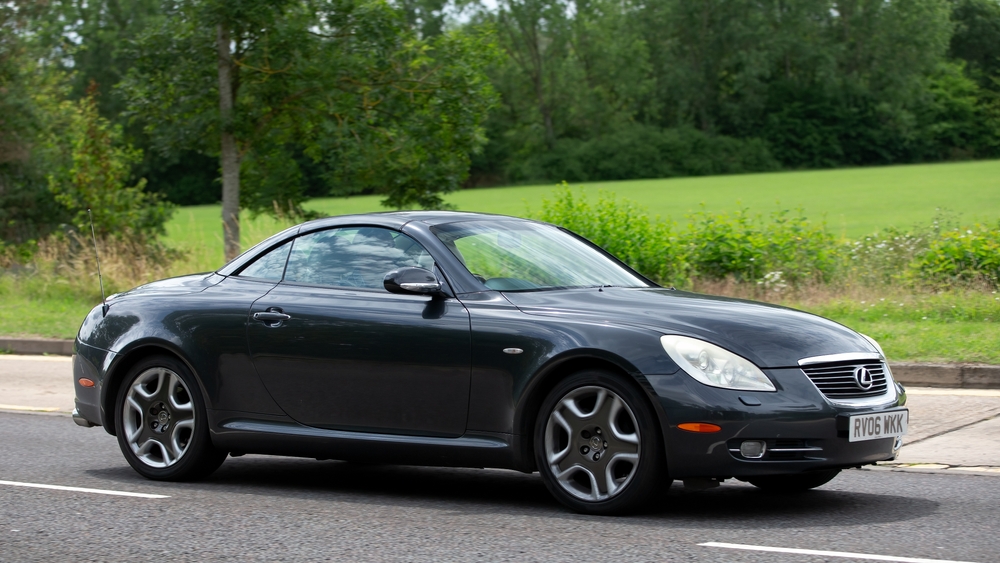
This luxury convertible was initially well-received for its build quality and reliability. However, its styling quickly became viewed as conservative and unexciting, particularly the interior, which did not evolve significantly during its production run. Coupled with a less engaging driving experience compared to its peers, the SC 430’s market value has depreciated considerably.
This article originally appeared on MyCarMakesNoise.
More from MyCarMakesNoise
10 Unique Trucks That Are Extremely Rare
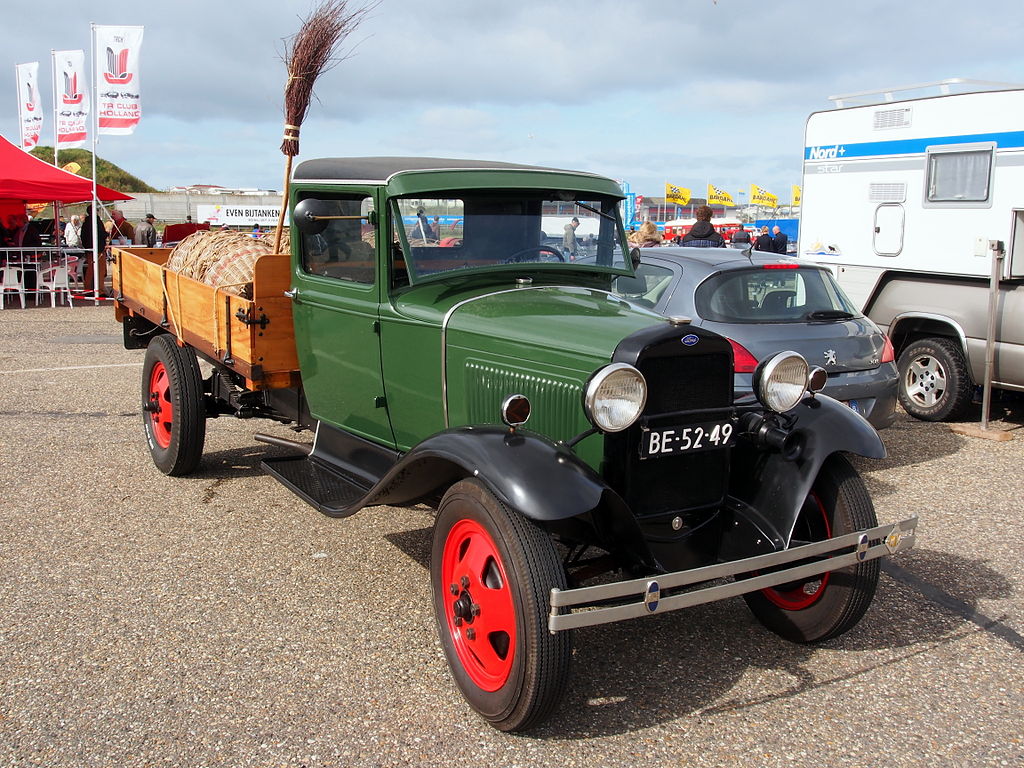
From vintage classics with limited production runs to high-performance powerhouses that have become automotive gems, join us in uncovering the exceptional trucks that have earned legendary status among enthusiasts and collectors alike. Read More.
25 V6 Cars That Defied Expectations with Their Blazing Speed
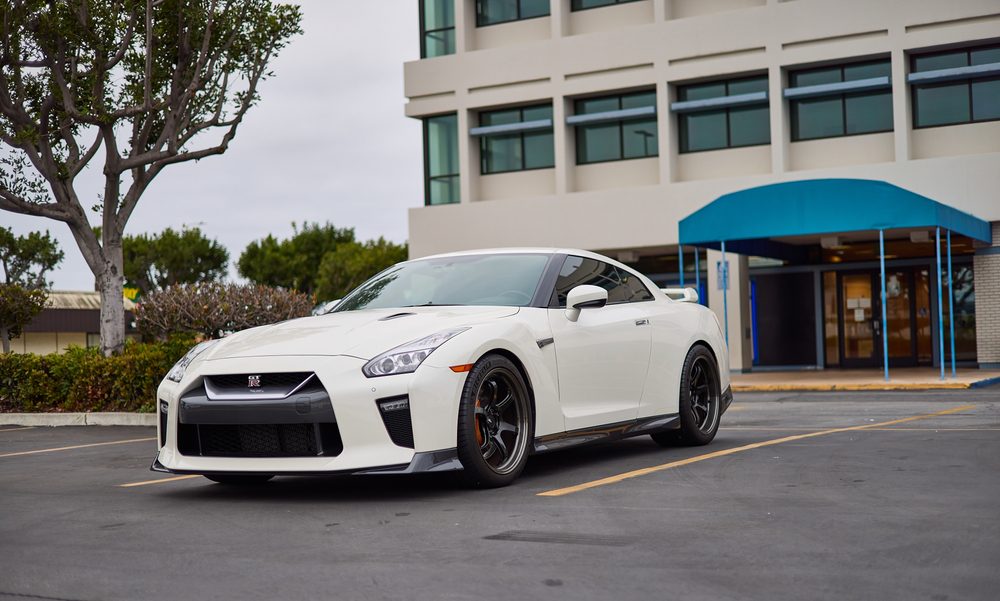
When it comes to performance, V6 engines often get overlooked in favor of their more powerful V8 counterparts. However, some V6 cars have defied expectations, delivering impressive speed and agility that leave drivers and enthusiasts in awe. Read More.
8 Outstanding Electric Motorcycles You Can Own Today
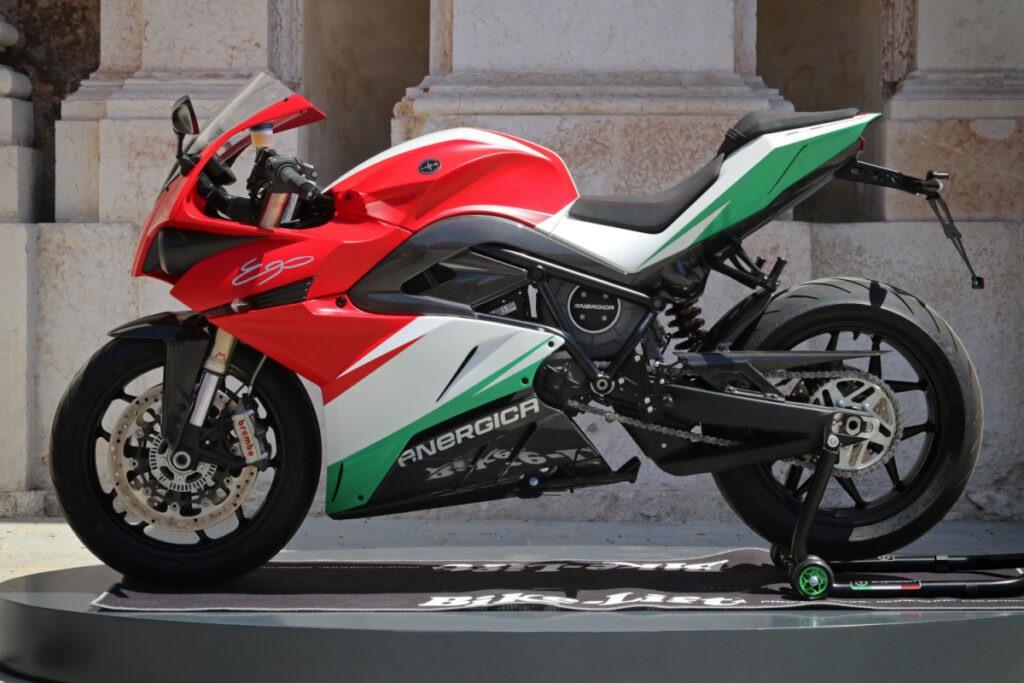
As the crackle and roar of internal combustion engines slowly fade into the rearview mirror, a new era of motorcycling is charging onto the scene. From the whisper-quiet hum of electric motors to the exhilarating instant torque, the landscape of two-wheeled transportation is undergoing an electrifying revolution. Read More.



